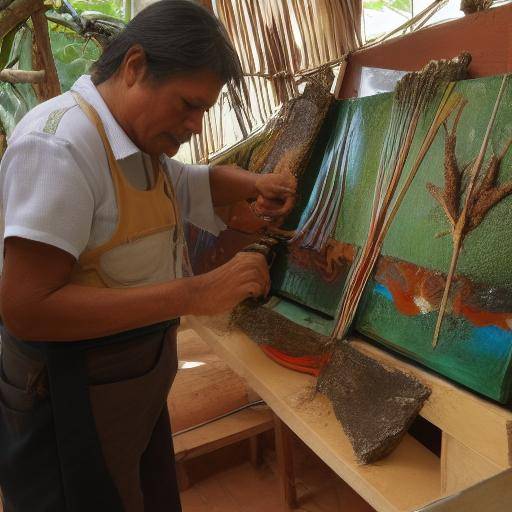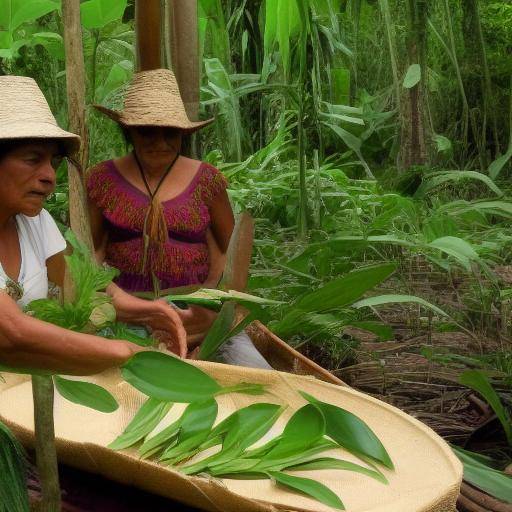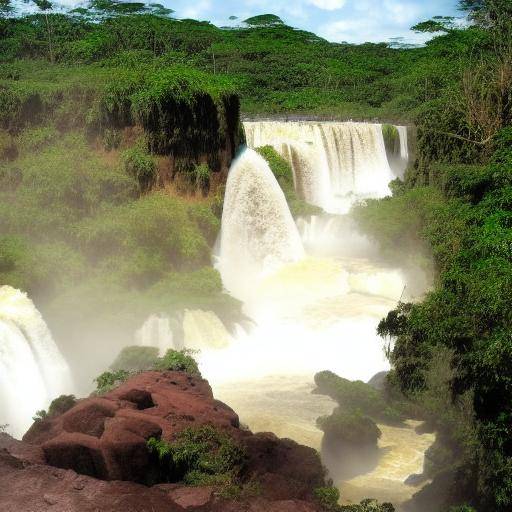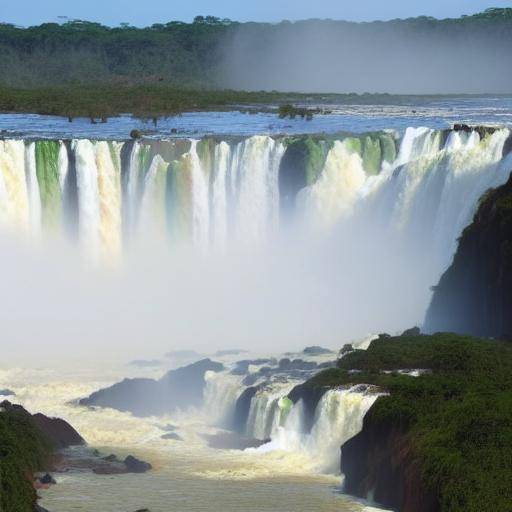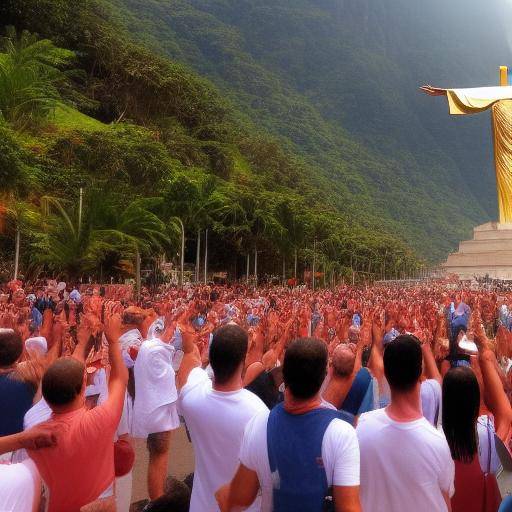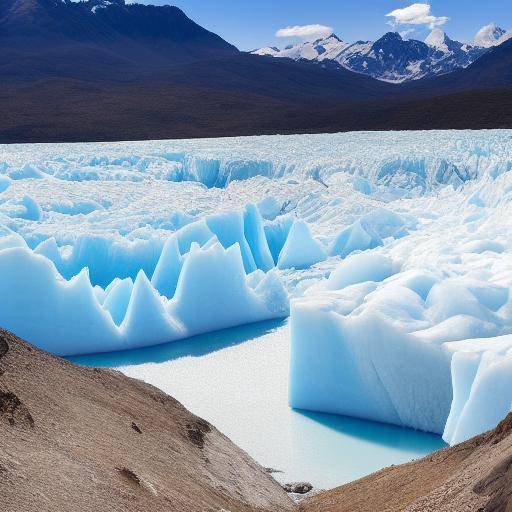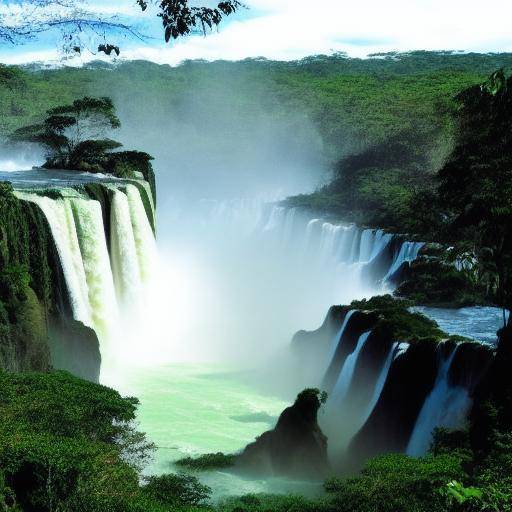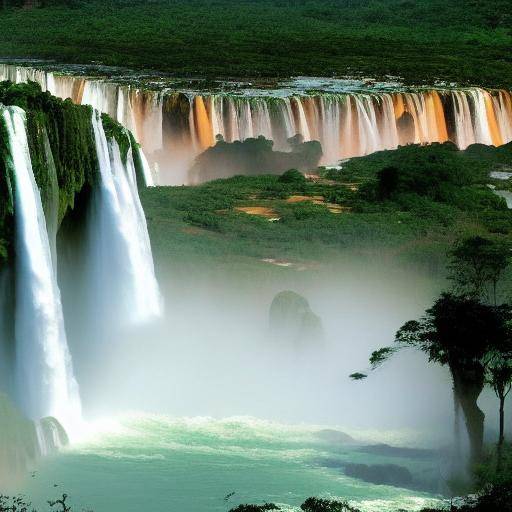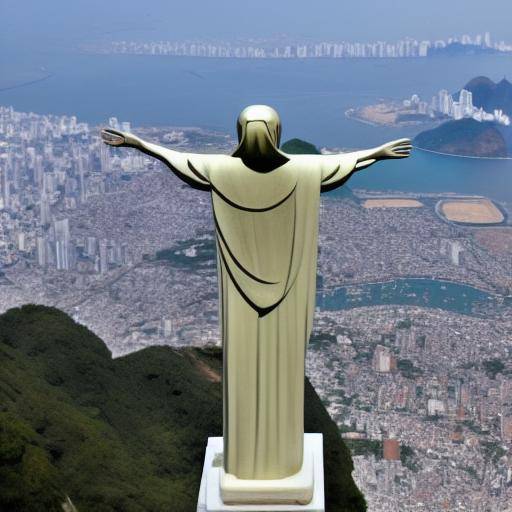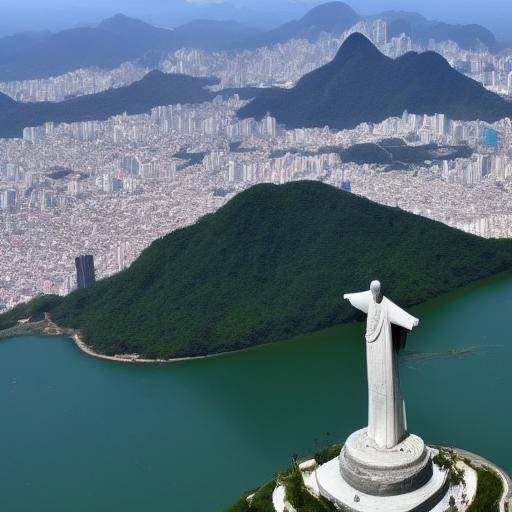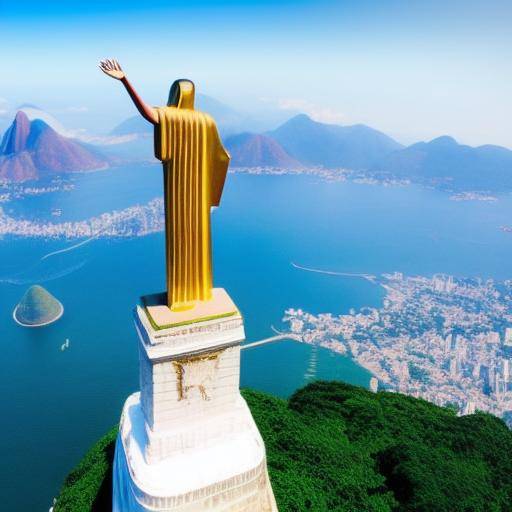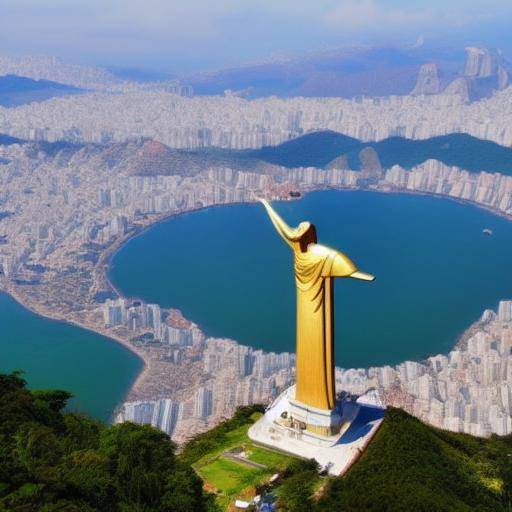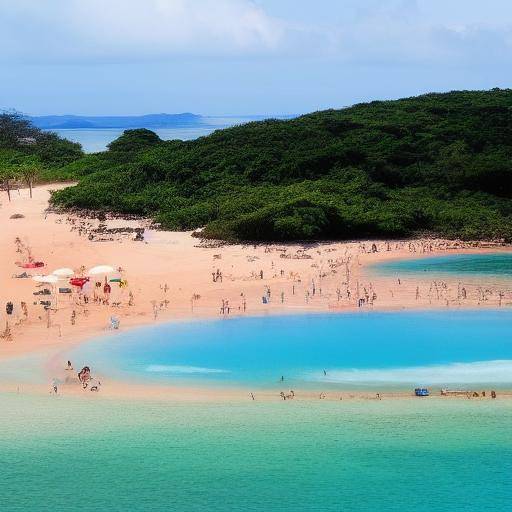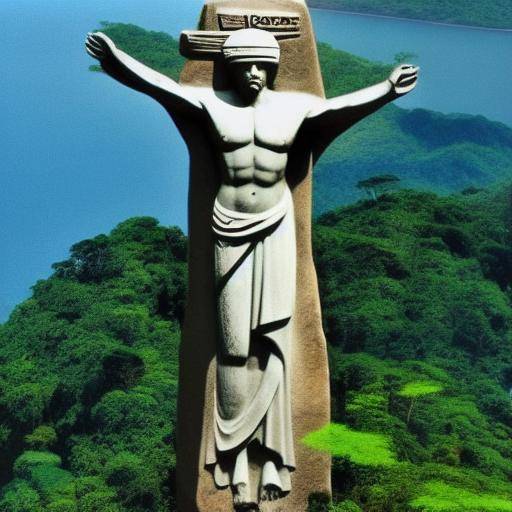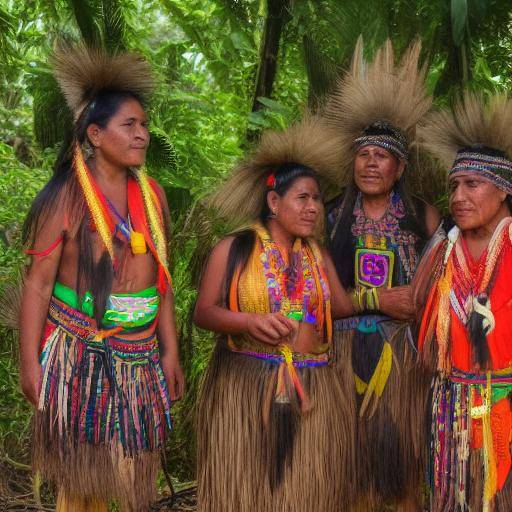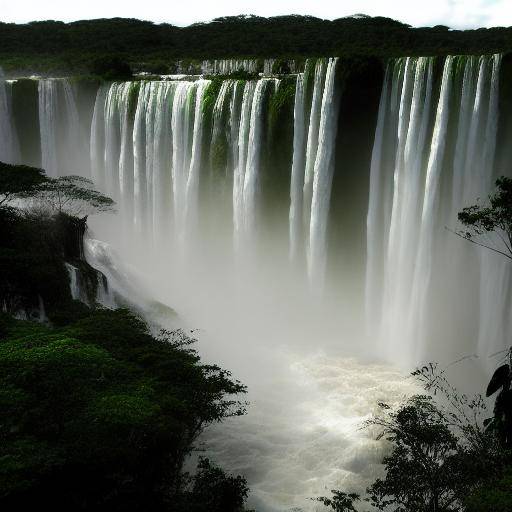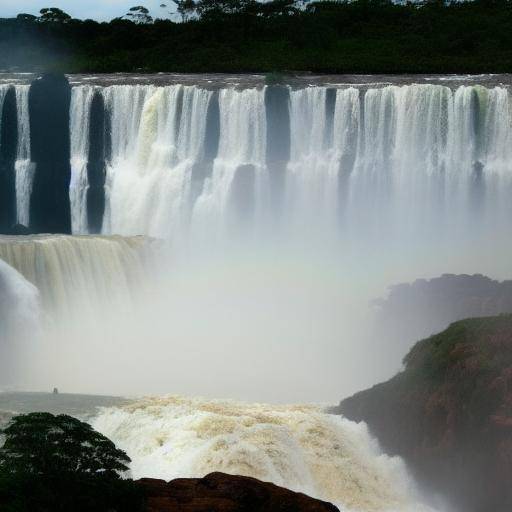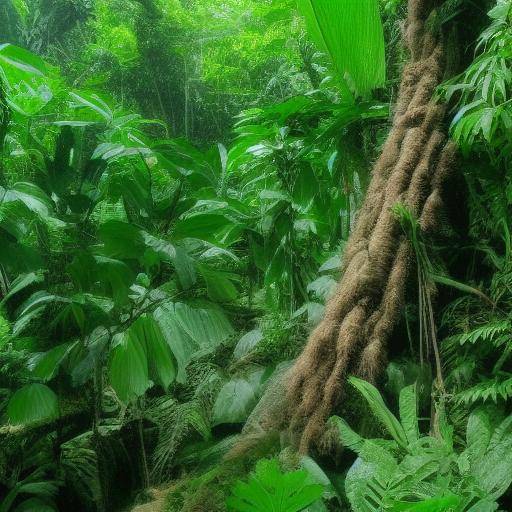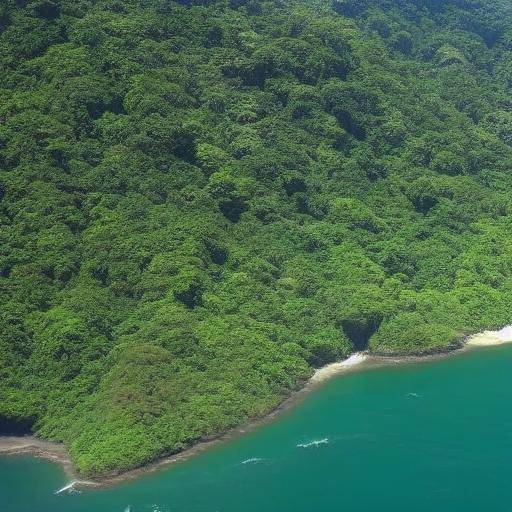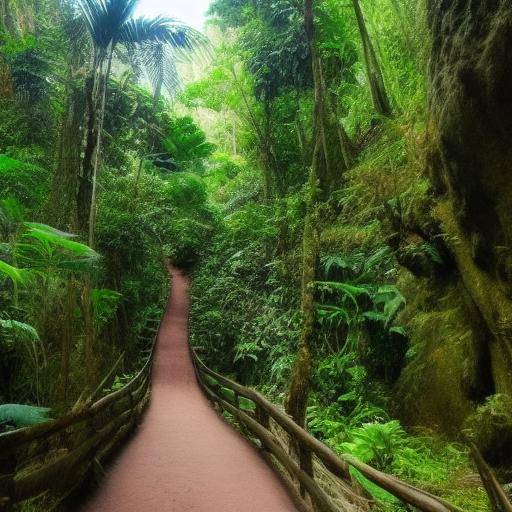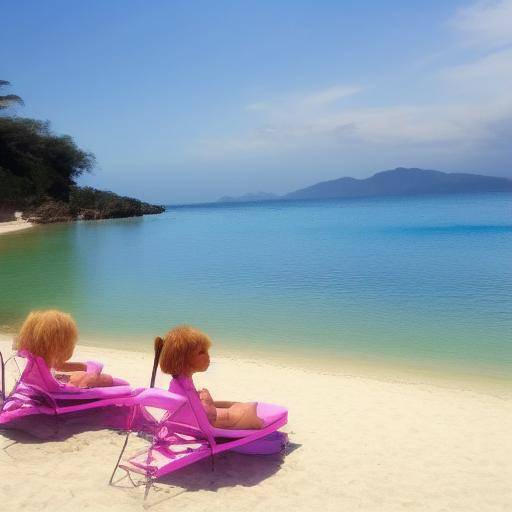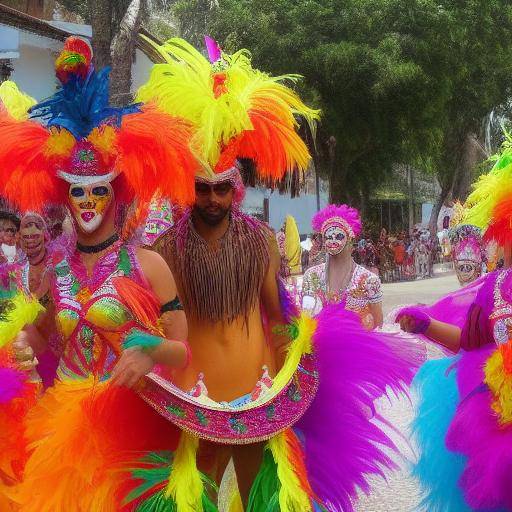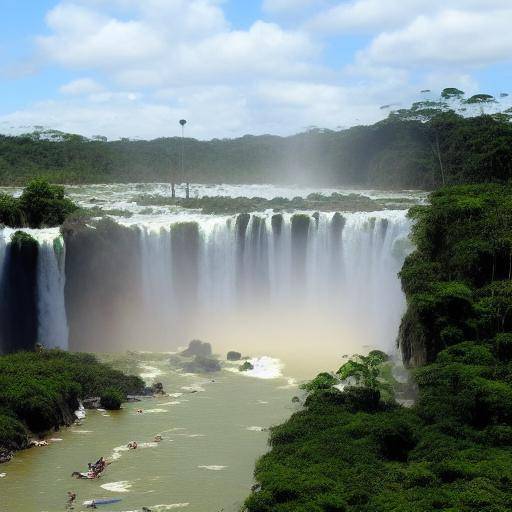
Ecotourism in the Iguazú Falls not only provides an incredible experience for visitors, but also plays a crucial role in preserving this natural treasure shared by Argentina and Brazil. In this article, we will explore the impact of ecotourism on the Iguazú Falls, its history, sustainable development, benefits and challenges, as well as its relevance to the future. Join us on this journey to discover how responsible tourism can contribute to the protection of this World Heritage and the well-being of local communities.
Introduction
The majestic Iguazú Falls, located on the border between Argentina and Brazil, are an impressive natural show that attracts visitors from all over the world. This wonderful waterfall complex, consisting of about 275 waterfalls, is part of an extensive system of national parks and has been declared a World Heritage Site by UNESCO. The combination of lush vegetation, diverse fauna and imposing waterfalls make the Iguazú Falls an incomparable tourist destination.
History and Background
The Iguazú Falls have witnessed the interaction between nature and humanity throughout history. From the indigenous civilizations that inhabited the region until the arrival of the European colonizers, this place has been the scene of significant changes. The discovery of the cataracts by Alvar Núñez Cabeza de Vaca in the 16th century marked the beginning of the worldwide fascination with this natural phenomenon.
The year 1984 was a turning point, since Iguazú Falls were designated as a World Heritage Site by UNESCO, recognizing its exceptional universal value. This milestone led to increased attention to the conservation and development of sustainable practices to manage tourism in the region.
Analysis in Deep
Ecotourism in the Iguazú Falls has generated many benefits, from environmental awareness to economic momentum. However, it faces challenges such as the preservation of biodiversity, the balance between tourism and conservation, and the participation of local communities in the benefits of tourism.
Sustainable development in this context is essential to ensure that future generations can enjoy the natural beauty of the Iguazú Falls. Responsible management of natural resources, support to local communities and environmental education are fundamental pillars for the success of ecotourism in this region.
Comprehensive review
Addressing the impact of ecotourism on Iguazú Falls allows us to understand how this tourist approach can serve as a model for the conservation of other natural destinations in the world. The commitment to environmental sustainability and community development is intertwined with the promotion of ethical and responsible tourism.
Comparative analysis
The region of the Iguazú Falls covers both the Argentine and the Brazilian side, which gives us the opportunity to compare and contrast approaches, policies and results in terms of conservation, sustainability and tourism. This duality offers valuable lessons on how two countries can collaborate to manage a shared natural resource.
Practical Tips and Accessible Recommendations
If you are considering visiting the Iguazú Falls, here are some practical tips that can help you have a positive impact during your visit:
- Respect environmental norms and regulations.
- Support local communities by purchasing artisanal products.
- Choose accommodation options and tourist companies committed to sustainability.
- Participate in environmental education activities offered in national parks.
Industry Perspectives and Expert Reviews
Experts on ecotourism and environmental conservation offer a deep insight on how tourism can contribute to the protection of Iguazú Falls. Their views and experiences provide a wider understanding of the challenges and opportunities facing the region, as well as perspectives on best practices for sustainable development.
Case Studies and Practical Applications
Real case studies highlight concrete examples of how ecotourism has impacted on the conservation of Iguazú Falls and local communities. These examples provide a detailed overview of results, lessons learned and effective strategies that can serve as inspiration for sustainable development in other destinations.
Future Trends and Predictions
The future of ecotourism in Iguazú Falls is shaped by emerging trends and projections based on the evolution of tourism, technology and environmental commitment. Understanding these trends allows us to anticipate potential challenges and explore opportunities to strengthen sustainability and conservation in the region.
Conclusions
In conclusion, the impact of ecotourism on Iguazú Falls goes beyond the experience of visitors; it extends to the preservation of a unique ecosystem, to the promotion of sustainable development and the enrichment of local communities. Responsible management and collaboration among key actors are fundamental to ensuring that this natural treasure is for generations to come.
Frequently asked questions
What is the best time to visit the Iguazú Falls?
The best time to visit the Iguazú Falls is during spring and autumn, when the weather is more moderate and the water flow is impressive. However, every season offers its own charm, so the decision will depend on individual preferences.
What measures are being taken to protect biodiversity in Iguazú Falls?
Wildlife and flora monitoring programs are being implemented, as well as actions to preserve natural habitats. In addition, local communities are encouraged to participate in conservation and environmental education projects.
What are the recommended activities to experience Iguazú Falls in a sustainable way?
Recommended sustainable activities include guided walks, bird watching, and boat rides that respect environmental regulations. These activities allow you to fully enjoy the cataracts while minimizing the environmental impact.
How does ecotourism contribute to the well-being of local communities in the region of Iguazú Falls?
Ecotourism provides employment and entrepreneurship opportunities to local communities through the creation of tourist services, the sale of artisanal products and the participation in conservation projects. This contributes to the sustainable economic development of the region.
What is the relationship between tourism and conservation in the Iguazú Falls?
Responsible tourism can contribute to the conservation of Iguazú Falls through the generation of financial resources for environmental protection, the awareness of visitors about the importance of conservation, and the promotion of sustainable practices in the tourism industry.
What initiatives are being developed to promote ecotourism and sustainability in the region of Iguazú Falls?
Sustainability certifications are being implemented for tourist companies, environmental education programs for tourists and residents, and strategic alliances between the public and private sectors to promote ecotourism and conservation in the region.
With these frequent questions, we hope to have answered your doubts about ecotourism in the Iguazú Falls, their conservation and sustainable development. If you have more questions, do not hesitate to find additional information to plan your visit and contribute to the care of this magnificent natural heritage.
This concludes our journey on the impact of ecotourism on the Iguazú Falls. We hope that this information has proved valuable to you and inspired you to appreciate and protect this natural wonder in a sustainable way. Thank you for accompanying us on this journey!

